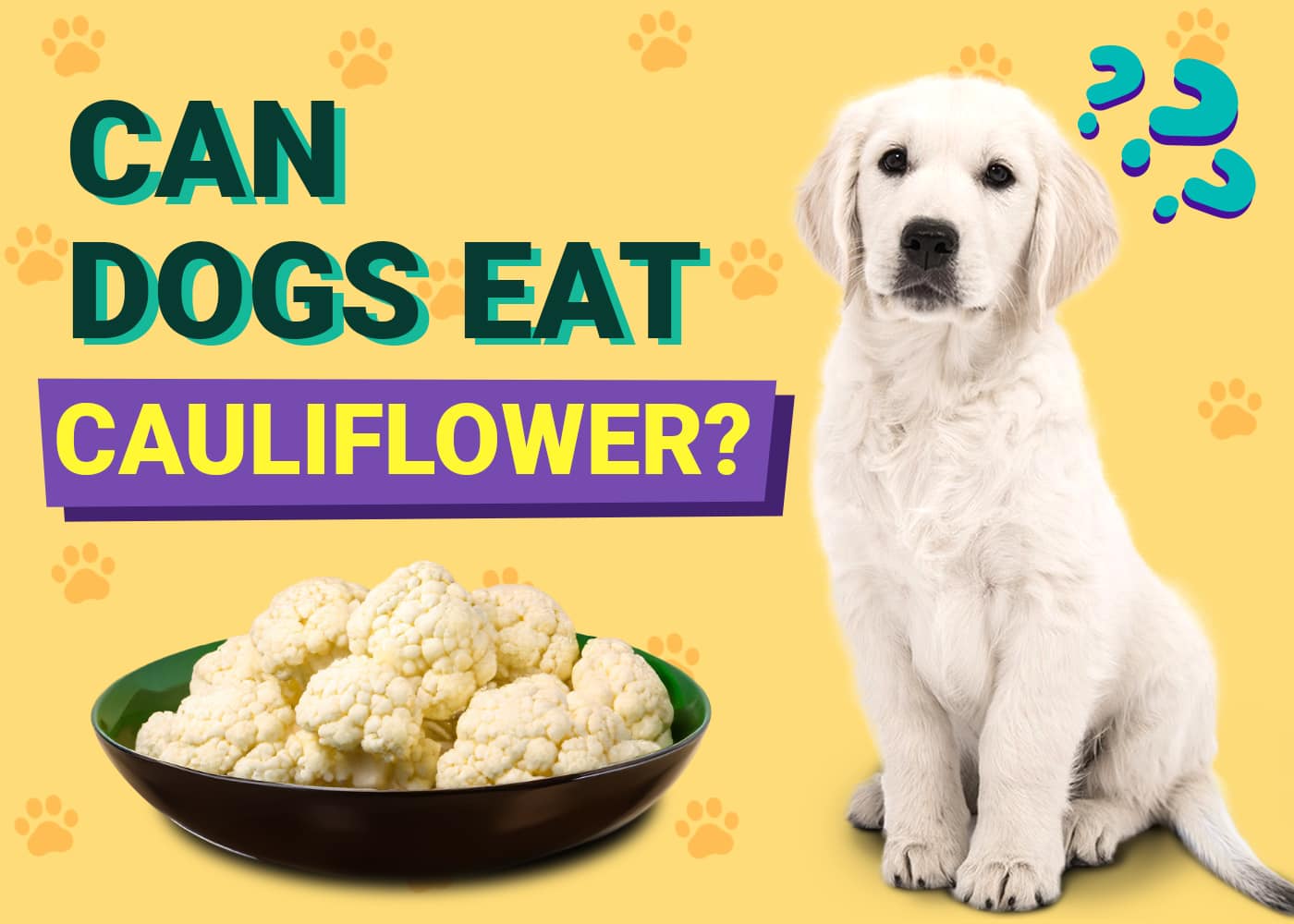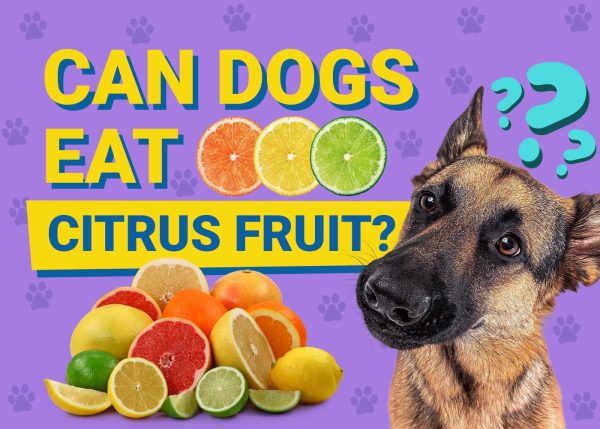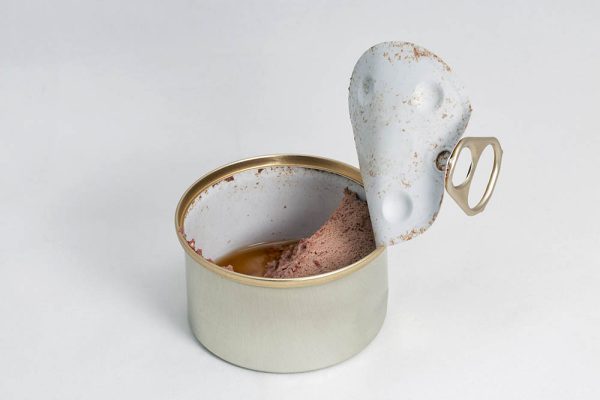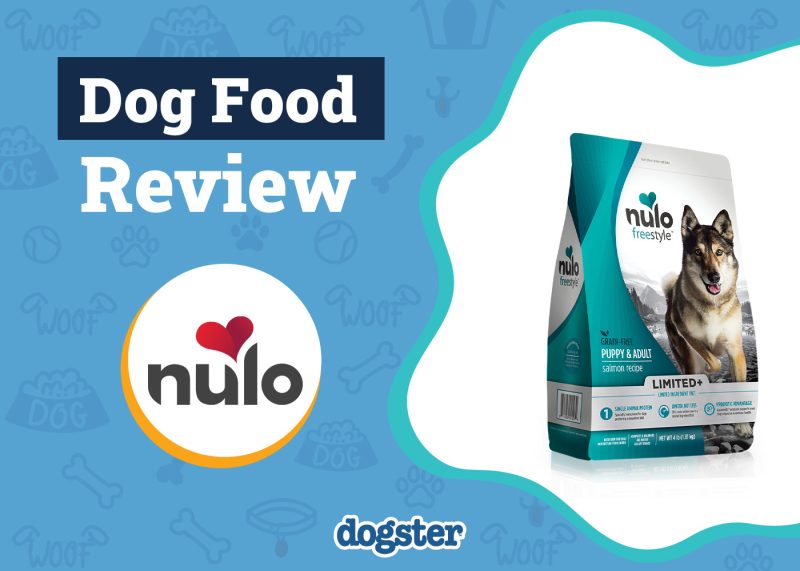According to the International Fresh Produce Association (IFPA), cauliflower is the 16th most popular vegetable based on 2022 retail sales.1 After all, you can enjoy it in so many ways, whether as a rice substitute, raw, or in the various cuisines that feature it.
It makes sense that you’d want to share such a healthy and delicious food with your pup. Luckily, dogs can eat cauliflower. It’s not poisonous to canines, unlike other veggies, such as garlic and onions. It has virtually no fat and is over 92% water. Let’s take a closer look at this cruciferous food and see what it has to offer.

Nutritional Value of Cauliflower
Cauliflower has seen a spike in interest over the past few years because of its versatility. Who would have thought this vegetable could play a starring role in some of our favorite comfort foods, such as mashed potatoes and pizza? Its nutritional value has undoubtedly fueled its popularity surge. A 100-gram serving of raw cauliflower contains a mere 25 calories, 1.92 grams of protein, and only 4.97 grams of carbohydrates.2
Cauliflower is rich in several essential vitamins and minerals, including potassium, folate, and choline. It has an appreciable amount of vitamin C, but that’s a moot point for dogs. Unlike people, canines and felines can synthesize this nutrient in their liver and don’t need a dietary source to fulfill this need.
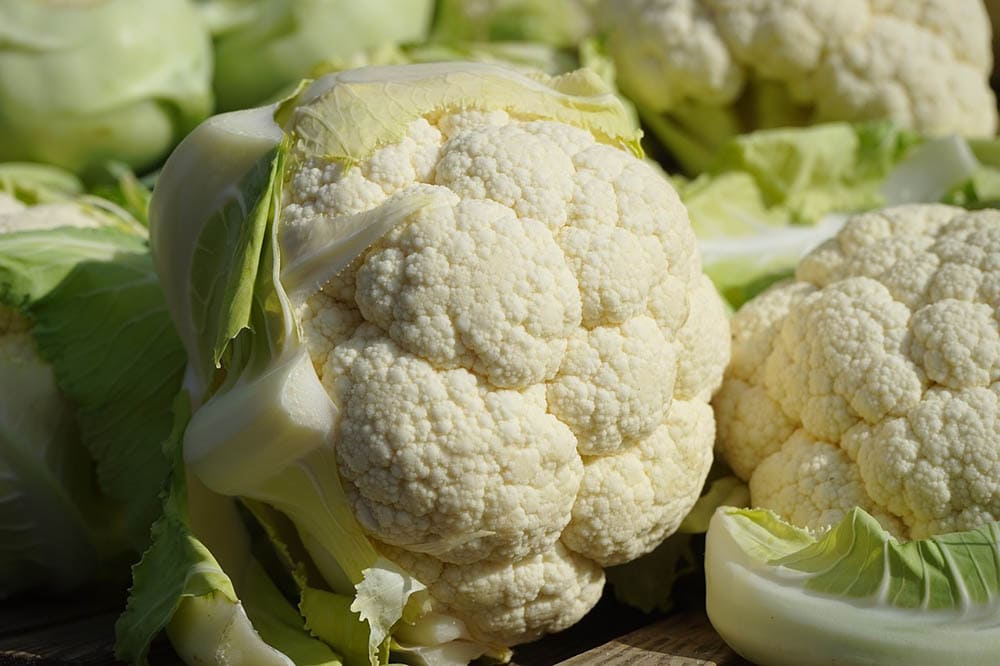
Causes for Concern
It’s worth noting that dogs are descended from a common ancestor between them and wolves. Our pets share many traits with wild canines, such as the specialized teeth that carnivores have. However, domestication has influenced their evolution. An adaptive shift allows dogs to eat grains and digest starches. Nevertheless, your pup may have issues metabolizing vegetables like cauliflower.
Therefore, we suggest going slow with adding any new food to your pup’s diet. Only give your pooch a small piece and wait to determine how their system will handle it. Of course, you should just give your dog the cauliflower and no extra dips or seasonings. They may contain ingredients that may be toxic to your pup. The same precaution applies to processed foods based on cauliflower.
Raw cauliflower may also pose a choking hazard, especially if you give your pet large pieces. We recommend cutting up the vegetable into small pieces. You should stick with the florets and avoid the stalks and greens. Remember that dogs often gulp their food, making this adverse consequence a real possibility. The other concern involves the nutritional content of cauliflower.
Commercial dog foods are complete and balanced. They include all the nutrients canines need in the correct proportions. Cauliflower is a healthy food; however, it doesn’t fit these criteria. One example where it fails the balance test is the calcium-to-phosphorus ratio. The Association of American Feed Control Officials (AAFCO) recommends a canine gets a minimum of 1:1 or a maximum of 2:1.3
That means the nutritional content should be even or up to twice as much calcium as phosphorus. If the scale tips to the right, it can interfere with the animal’s calcium uptake. Of course, the mineral is vital for strong bones and teeth. It also plays a crucial role in muscle contractions, including the heart. The proportion in cauliflower is 1:2, calcium to phosphorus.
The takeaway is that you shouldn’t make it a significant part of your pup’s diet. You can always consult a veterinarian to find out more nutritional details pertaining to your dog’s individual needs if you do want to add it in more regularly.
If you need to speak with a vet but can't get to one, head over to PangoVet. It's an online service where you can talk to a vet online and get the personalized advice you need for your pet — all at an affordable price!

Frequently Asked Questions
How Much Cauliflower Can I Give My Dog?
You can give a small dog a small piece or two of cauliflower. A large dog, such as a Golden Retriever, could handle more, assuming the vegetable agrees with your pet. Remember that treats, even healthy ones like cauliflower, should make up no more than 10% of your dog’s daily caloric intake.
How Should I Give Cauliflower to My Pup?
We recommend giving your dog raw cauliflower for optimal nutritional value. Some cooking methods like boiling can leach out some vitamins and minerals from vegetables. Calcium, phosphorus, and potassium all take a hit when cooked. The same cautions regarding extra toppings apply. We also suggest boiling the vegetable without salt. Its addition doesn’t make the food taste any better for your pet.
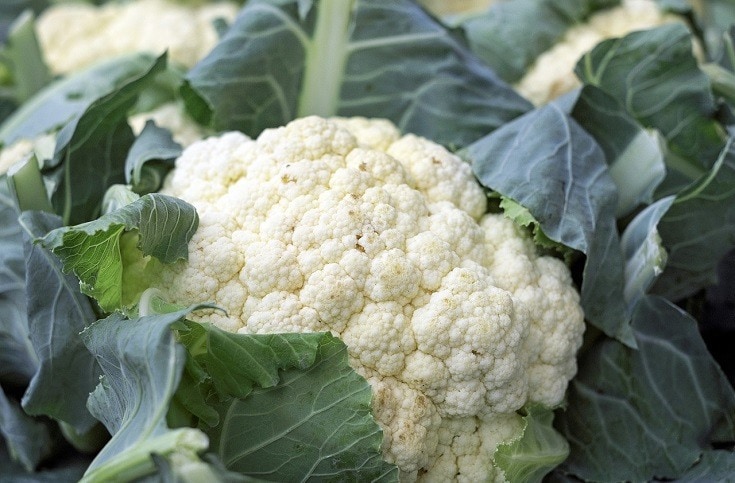

Final Thoughts
There’s no denying the health benefits of cauliflower. It’s a nutrient-dense food with no fat and low calories. While it’s not poisonous, concerns exist with the size of the pieces and the nutrient balance. Therefore, we recommend giving it to your pup only as an occasional treat. Raw is preferable to cooked cauliflower because of its higher nutritional value.
See also:
- Can Dogs Eat Caviar? Vet-Reviewed Facts & FAQ
- Can Dogs Eat Artichokes? Vet-Verified Nutrition Facts & FAQ
Featured Image Credit: Pixaline, Pixabay
